Amplified Best Indoor Tv Antenna 100 Mile Range

Imagine a cozy evening, the aroma of freshly popped popcorn filling the air. Rain patters softly against the windowpanes, a perfect night for a movie marathon. But instead of settling in with your favorite streaming service, you decide to explore a different route: the vast, free world of over-the-air television. The picture is crystal clear, thanks to a small, unassuming device sitting discreetly near your window – an amplified indoor TV antenna promising a 100-mile range.
This seemingly simple gadget represents a significant shift in how people consume media. The amplified best indoor TV antenna 100 mile range, as it's often searched online, offers a cost-effective alternative to cable or streaming subscriptions, allowing viewers to access local channels and networks without monthly fees. While the advertised range may vary depending on location and environmental factors, the promise of free, high-definition television is undeniably appealing.
The Appeal of Free Over-the-Air TV
The resurgence of over-the-air (OTA) television is fueled by a combination of factors. Rising subscription costs for streaming services and cable packages are pushing consumers to seek alternatives. The availability of high-definition broadcasts and the increasing sophistication of indoor antennas are making OTA a viable option.
The Federal Communications Commission (FCC) mandated the transition to digital television (DTV) in 2009, which significantly improved picture quality. This transition made OTA broadcasts sharper and more vibrant, comparable to, and sometimes exceeding, the quality of cable or satellite.
According to Nielsen data, a substantial portion of households still rely on OTA television for at least some of their viewing. This isn't just about saving money; for many, it's about accessing local news, weather updates, and community events that might not be readily available through streaming platforms.
Understanding the Technology
An amplified indoor TV antenna works by capturing radio frequency signals broadcast by television stations. The "amplified" aspect means it includes an internal amplifier that boosts the signal strength, allowing it to pick up weaker signals from further away.
The advertised 100-mile range is a theoretical maximum. Actual performance depends heavily on several factors, including the antenna's position, surrounding terrain, and the distance from broadcast towers.
Obstructions like buildings, trees, and even weather conditions can significantly affect signal reception. Websites like AntennaWeb.org provide valuable resources for determining the location of broadcast towers and estimating signal strength in a particular area.
Choosing the Right Antenna
Selecting the right amplified indoor TV antenna involves considering several key features. The first is the range, which should be appropriate for the distance to the broadcast towers.
The antenna's design and placement are also crucial. Some antennas are designed to be placed flat on a surface, while others are meant to be mounted on a wall or window. Experimenting with different locations is often necessary to find the optimal spot for signal reception.
Reviews and ratings from other users can provide valuable insights into the antenna's performance. Look for antennas with strong ratings for signal strength, ease of use, and durability.
Real-World Experiences
Many users report positive experiences with amplified indoor TV antennas, particularly in urban and suburban areas with relatively clear line of sight to broadcast towers. The ability to access dozens of free channels in high definition is a major draw.
However, experiences can vary significantly depending on location. Users in rural areas or those surrounded by dense foliage may find it more challenging to achieve reliable reception, even with an amplified antenna. In such cases, an outdoor antenna might be a more suitable option.
One user, Sarah Miller from Chicago, shared her experience: "I was tired of paying for cable, so I decided to try an amplified indoor antenna. I was surprised at how many channels I could get, and the picture quality is excellent. It's saved me a lot of money."
Beyond the Antenna: Maximizing Your Viewing Experience
While the antenna itself is the primary component, there are other factors that can enhance the OTA viewing experience. A good quality coaxial cable is essential for transmitting the signal from the antenna to the television.
A digital tuner, which is typically built into modern televisions, is required to decode the digital signals. Older televisions may require an external digital converter box.
Some users also choose to use a DVR (digital video recorder) to record OTA broadcasts for later viewing. This allows them to pause, rewind, and fast-forward through their favorite shows, just like with cable or streaming.
"The beauty of OTA television is its simplicity and affordability," says David Peterson, a tech blogger specializing in home entertainment. "It's a great way to cut the cord without sacrificing access to essential local channels."
The environmental impact of using an indoor antenna instead of relying solely on streaming is also a factor to consider. Streaming requires significant energy consumption for data centers and network infrastructure. While using an antenna also consumes energy, it avoids contributing to the carbon footprint associated with video streaming.
The Future of OTA Television
The future of OTA television looks bright. The development of new antenna technologies and the ongoing expansion of digital broadcasting are poised to further enhance the viewing experience.
The introduction of ATSC 3.0, also known as NextGen TV, promises even higher picture quality, improved audio, and interactive features. This new standard will require new televisions or converter boxes, but it has the potential to revolutionize the OTA landscape.
As technology continues to evolve and consumers seek more affordable entertainment options, the amplified indoor TV antenna is likely to remain a relevant and valuable tool for accessing free, high-quality television. It represents a return to a simpler time, when entertainment was accessible to all, without the burden of monthly fees and complicated subscriptions.
Ultimately, the amplified best indoor TV antenna 100 mile range is more than just a gadget. It's a symbol of consumer choice, a testament to the power of free over-the-air broadcasting, and a reminder that sometimes, the best things in life really are free. As you settle in for your next movie night, consider the possibilities that lie beyond the realm of paid subscriptions, and rediscover the magic of over-the-air television.
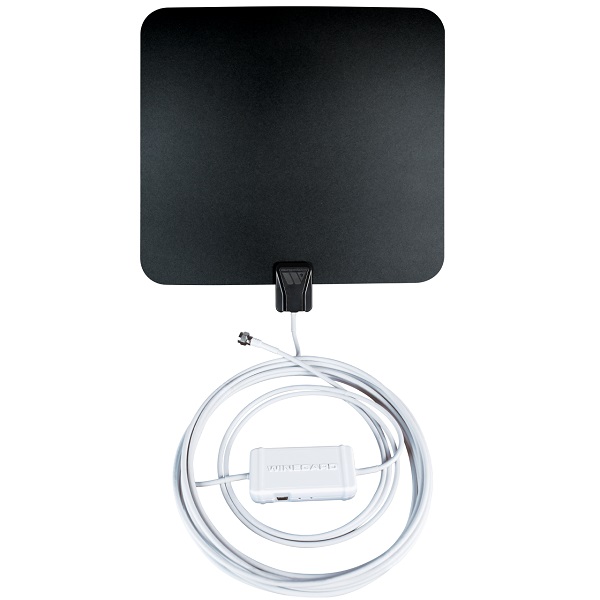
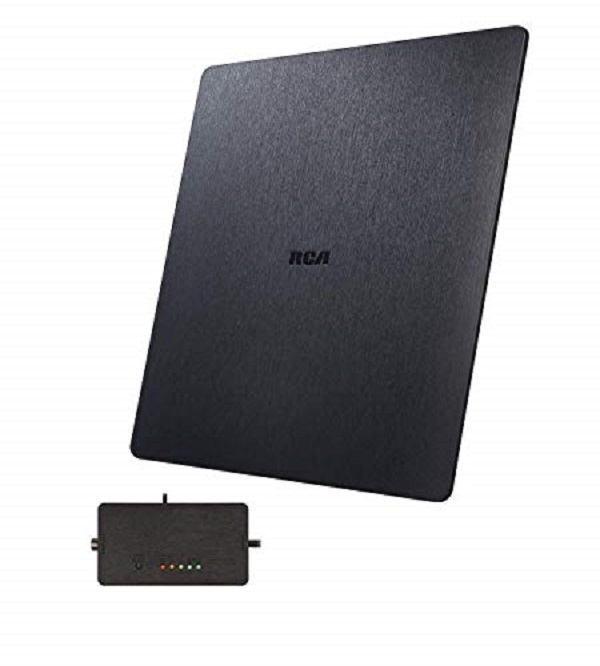
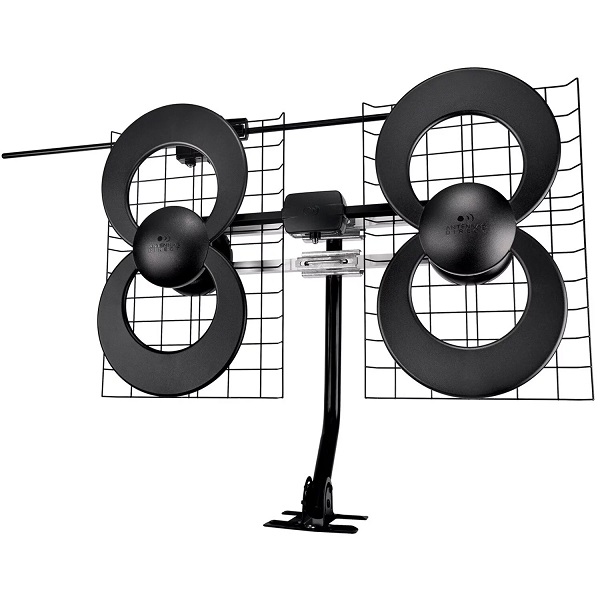
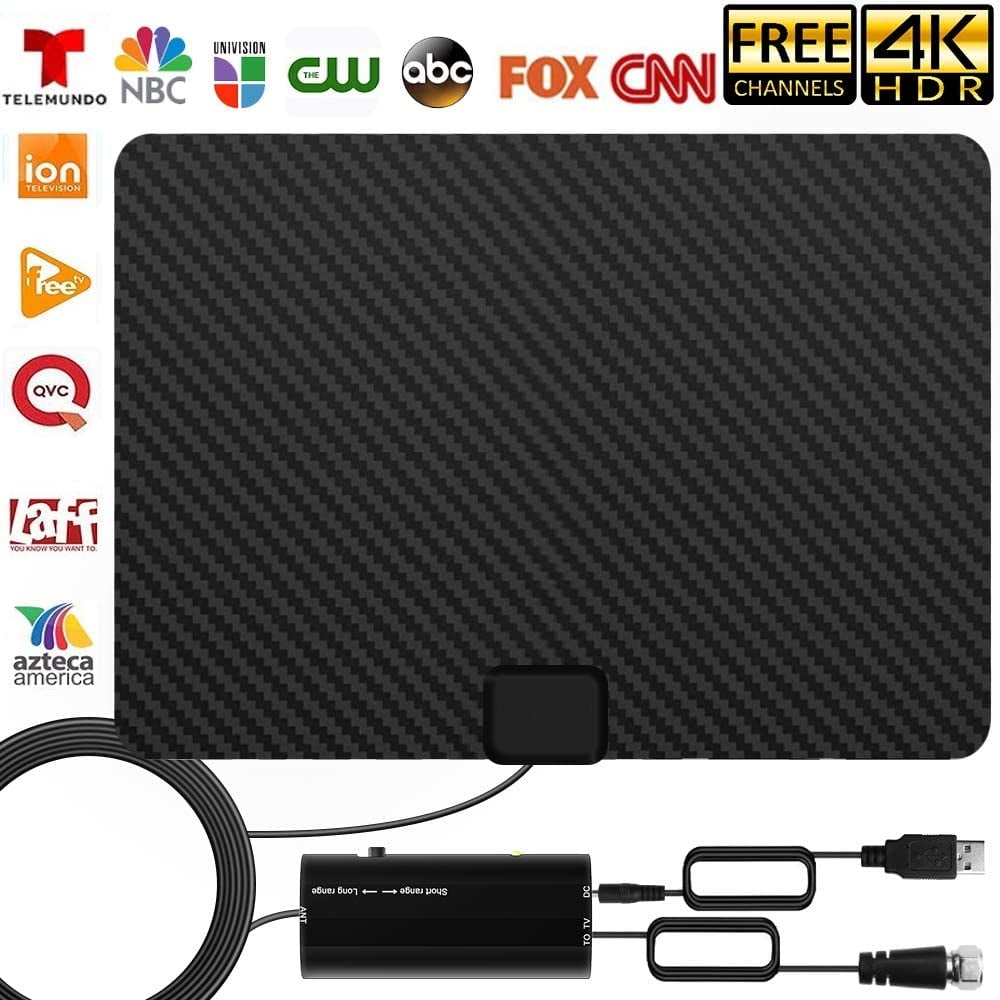
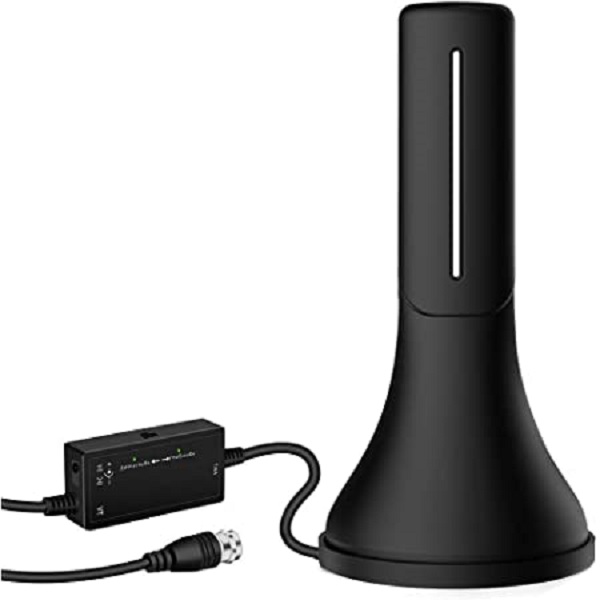
![Amplified Best Indoor Tv Antenna 100 Mile Range Top 6 Best Indoor TV Antennas With 100-Mile Range [Mar 2025] Reviews](https://m.media-amazon.com/images/I/71ud59rh5cL._SL640_.jpg)
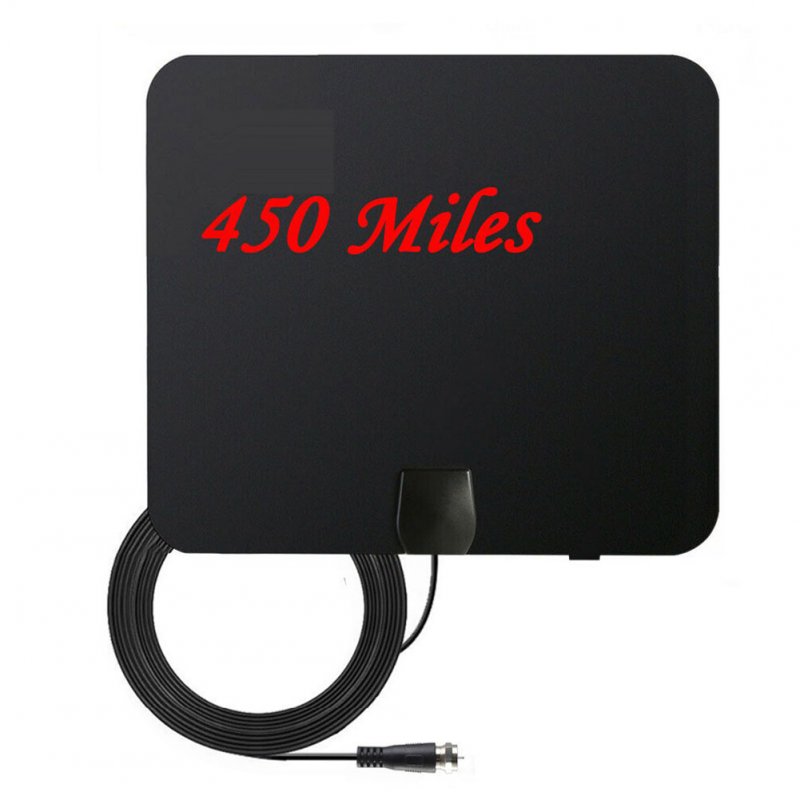


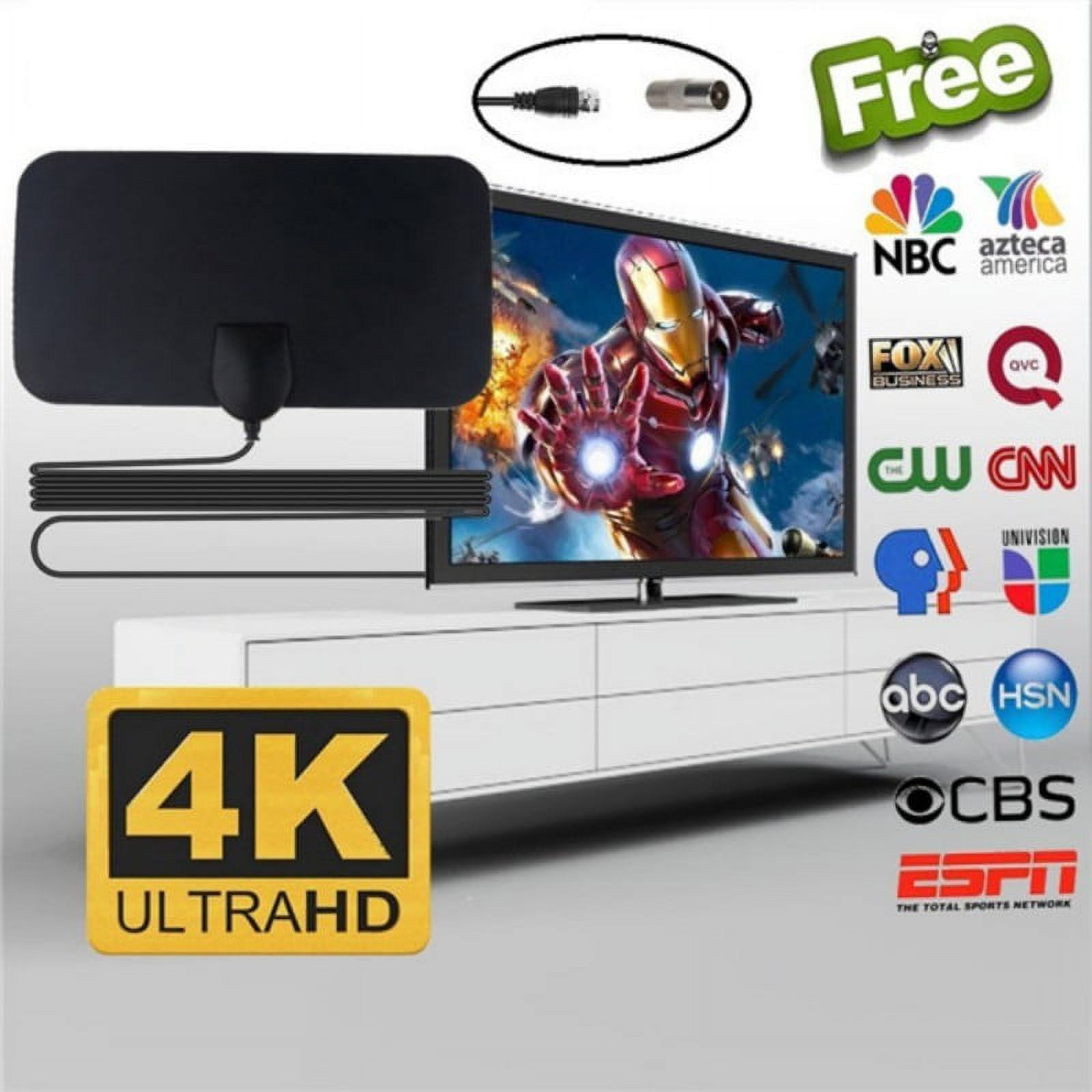

![Amplified Best Indoor Tv Antenna 100 Mile Range Top 6 Best Indoor TV Antennas With 100-Mile Range [Oct 2022] Reviews](https://m.media-amazon.com/images/I/61OeU-eSqDL._SL640_.jpg)


![Amplified Best Indoor Tv Antenna 100 Mile Range Top 6 Best Indoor TV Antennas With 100-Mile Range [Mar 2025] Reviews](https://m.media-amazon.com/images/I/510neA1ZdsL._SL640_.jpg)



